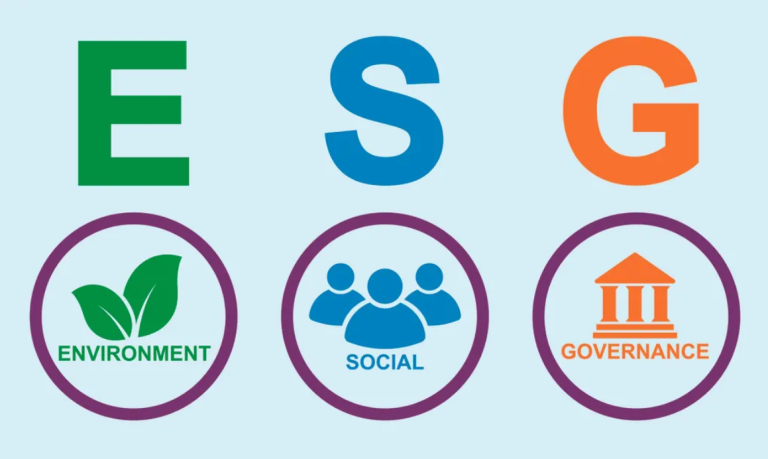Bonds are a crucial component of a well-diversified investment portfolio, offering stability and income. However, selecting individual bonds can be complex and time-consuming. Bond Exchange-Traded Funds (ETFs) provide a convenient solution, offering a diversified portfolio of bonds with the flexibility of trading on the stock exchange. In this article, we’ll explore some of the best bond ETFs to consider adding to your investment portfolio in the current economic landscape.
Why Bond ETFs?
Bond ETFs have gained popularity among investors due to several advantages:
Diversification: Bond ETFs typically hold a broad range of bonds, reducing the risk associated with individual bond selection.
Liquidity:ETFs can be bought or sold throughout the trading day, offering flexibility and ease of access to the bond market.
Income: Bonds pay periodic interest, providing investors with a reliable income source.
Risk Mitigation: Bonds can act as a hedge against equity market volatility, adding stability to a portfolio.
Low Costs: Bond ETFs generally have lower expense ratios compared to mutual funds, enhancing returns.
Top Bond ETFs for Consideration
iShares iBoxx $ Investment Grade Corporate Bond ETF (LQD)
Objective: Tracks the investment-grade U.S. corporate bond market.
Highlights: LQD offers a diversified exposure to corporate bonds from some of the largest and most creditworthy companies.
iShares iBoxx $ High Yield Corporate Bond ETF (HYG)
Objective: Seeks to track the U.S. high-yield corporate bond market.
Highlights: HYG provides access to higher-yielding, non-investment-grade corporate bonds, which can offer attractive income potential.
Vanguard Total Bond Market ETF (BND)
Objective: Aims to track the performance of the U.S. investment-grade bond market.
Highlights: BND provides broad exposure to various sectors of the bond market, making it suitable for conservative investors.
iShares U.S. Treasury Bond ETF (GOVT)
Objective: Tracks the performance of U.S. Treasury bonds.
Highlights: GOVT offers a safe-haven option for investors looking for U.S. government bond exposure.
iShares TIPS Bond ETF (TIP)
Objective: Seeks to track the investment results of U.S. Treasury Inflation-Protected Securities (TIPS).
Highlights: TIP is designed to provide protection against inflation, making it appealing in an uncertain economic environment.
iShares iBoxx $ Short-Term Corporate Bond ETF (IGSB)
Objective: Tracks short-term U.S. investment-grade corporate bonds.
Highlights: IGSB is an ideal choice for investors looking for a lower duration, reducing interest rate risk.
Considerations for Bond ETF Selection
When selecting a bond ETF for your portfolio, keep these key considerations in mind:
Risk Tolerance: Choose an ETF that aligns with your risk tolerance. High-yield bond ETFs carry more risk but offer higher yields, while government bond ETFs provide safety but with lower yields.
Duration: Consider the ETF’s duration, which impacts sensitivity to interest rate changes. Short-term bond ETFs have lower interest rate risk, while long-term bond ETFs offer higher yields but are more sensitive to rate fluctuations.
Credit Quality: Assess the credit quality of the underlying bonds. Investment-grade bonds are generally less risky, while high-yield bonds have more credit risk.
Expense Ratio: A lower expense ratio means more of your returns stay in your pocket.
Income Needs: Determine if you’re primarily seeking income or capital preservation. This will influence the type of bond ETF you choose.
Diversification: Ensure the ETF offers diversification across various issuers and sectors to spread risk.
Monitoring and Rebalancing
Bonds play a significant role in portfolio stability, but they are not entirely without risk. It’s important to monitor your bond ETFs regularly and rebalance your portfolio as needed to maintain your desired asset allocation.
Bond ETFs are an accessible and cost-effective way to gain exposure to the bond market. They provide diversification, income, and risk mitigation, making them a valuable addition to any investment portfolio. By considering your risk tolerance, income needs, and investment objectives, you can select the best bond ETFs that align with your financial goals. Whether you opt for investment-grade corporate bonds, high-yield bonds, or U.S. Treasuries, these ETFs offer opportunities to enhance your portfolio’s stability and performance in a dynamic economic landscape.



































